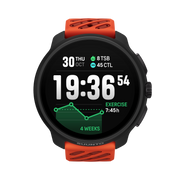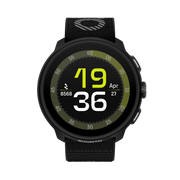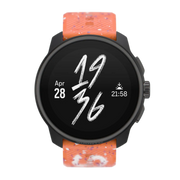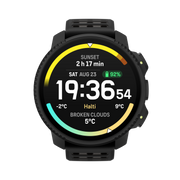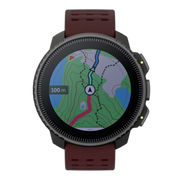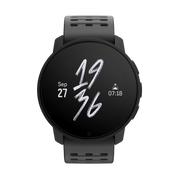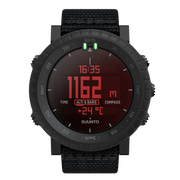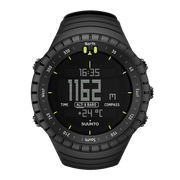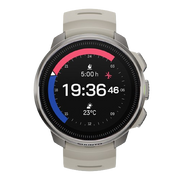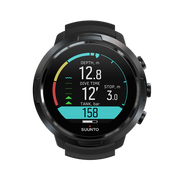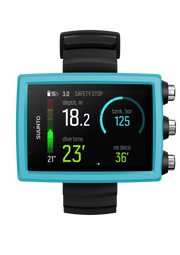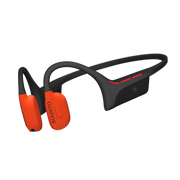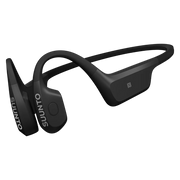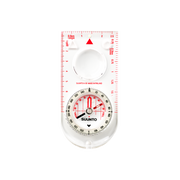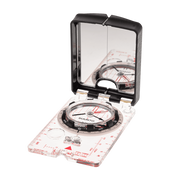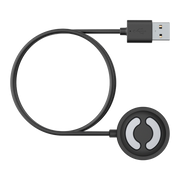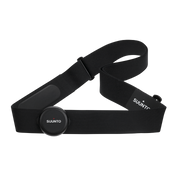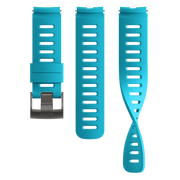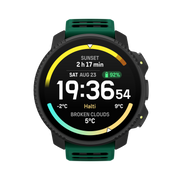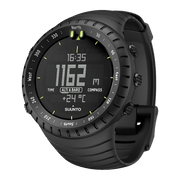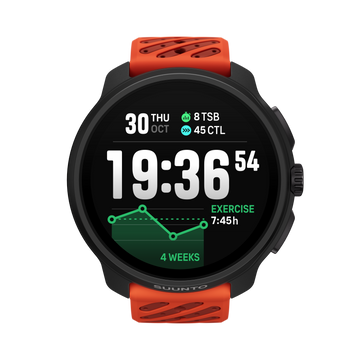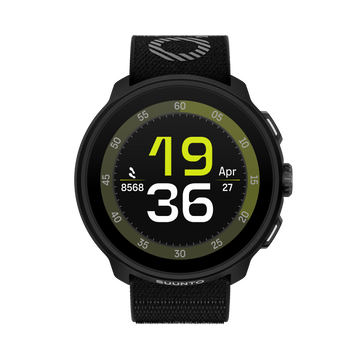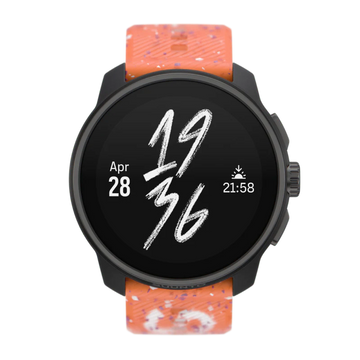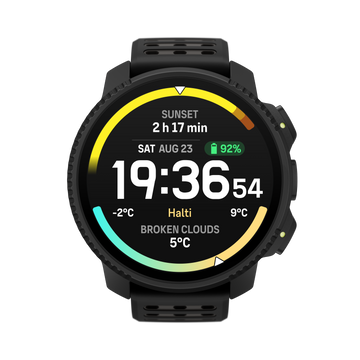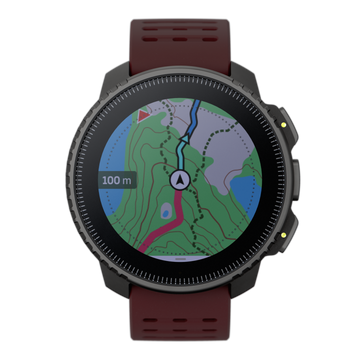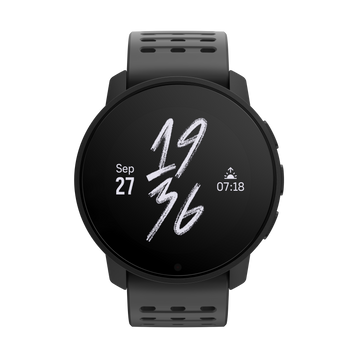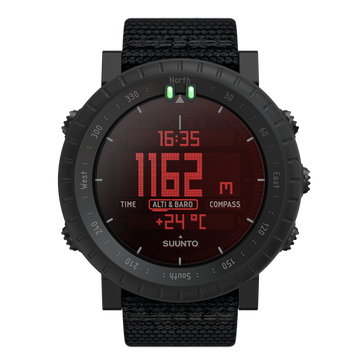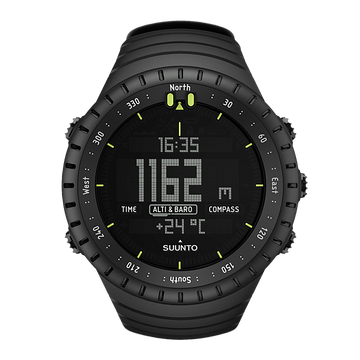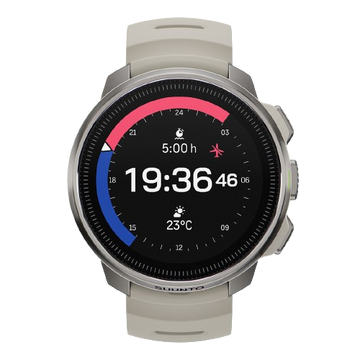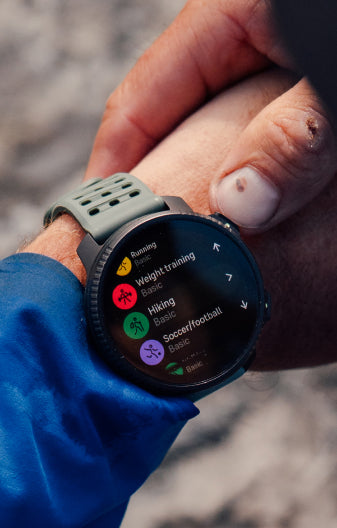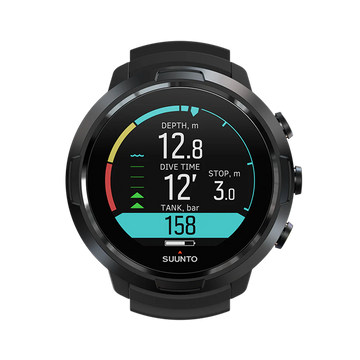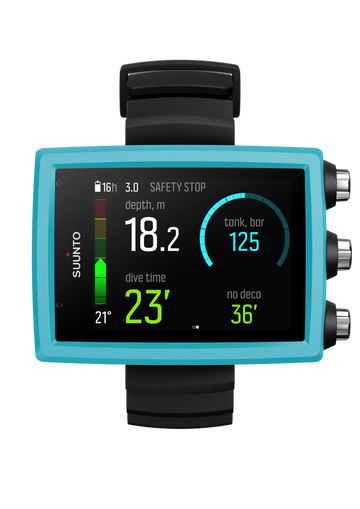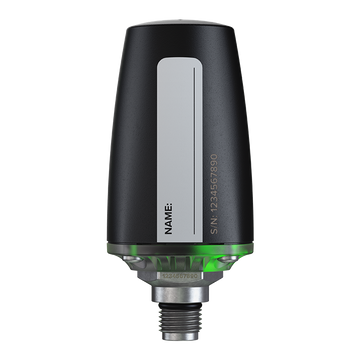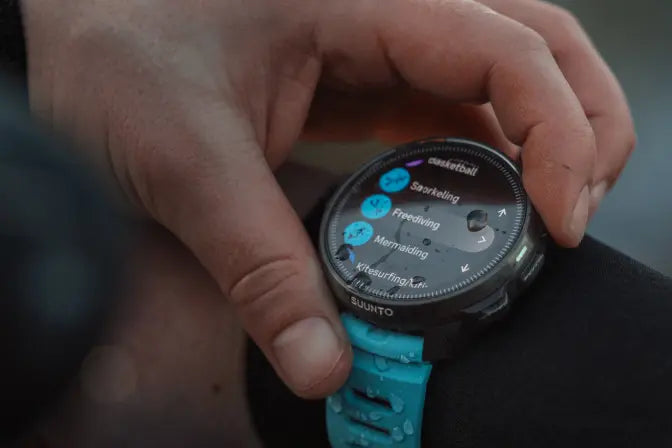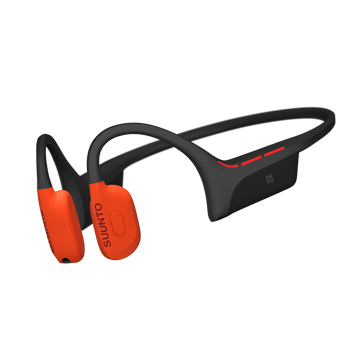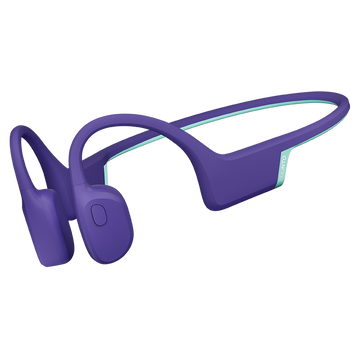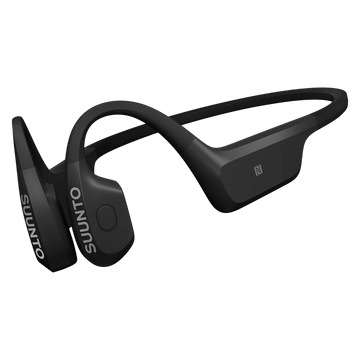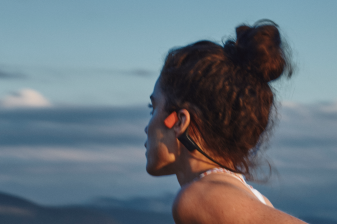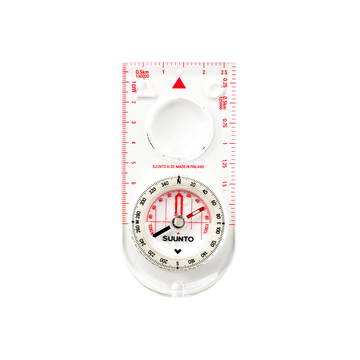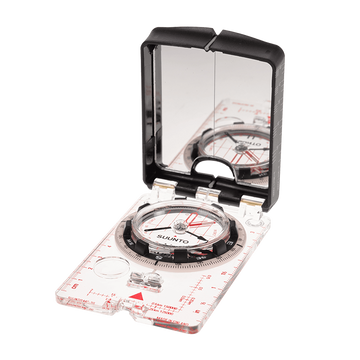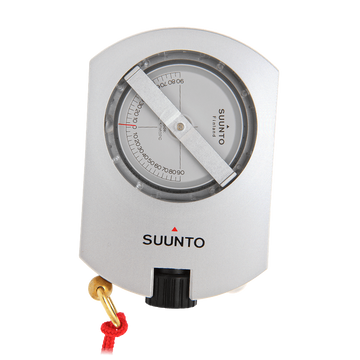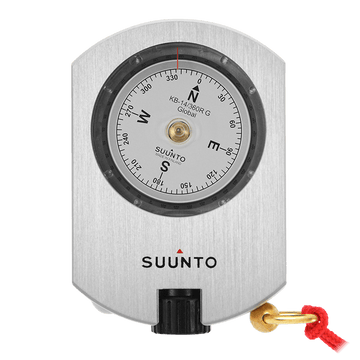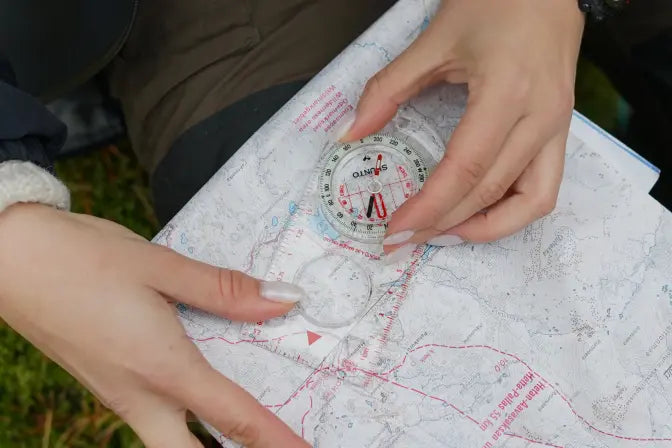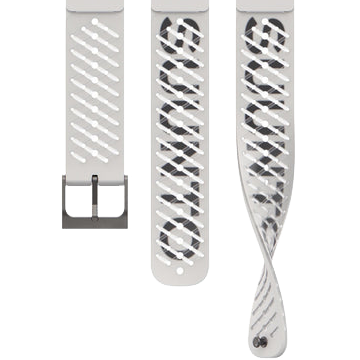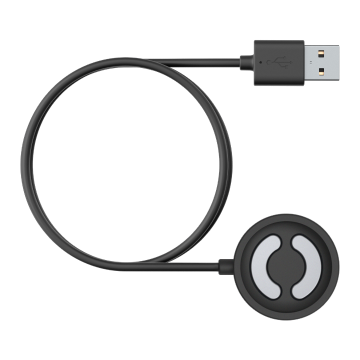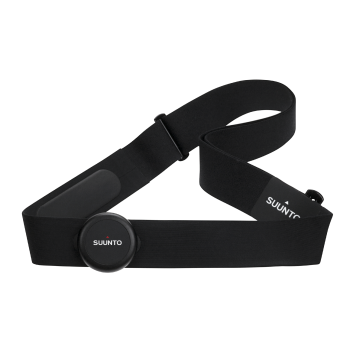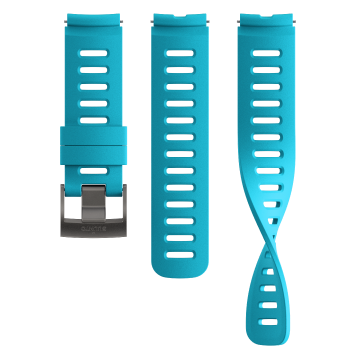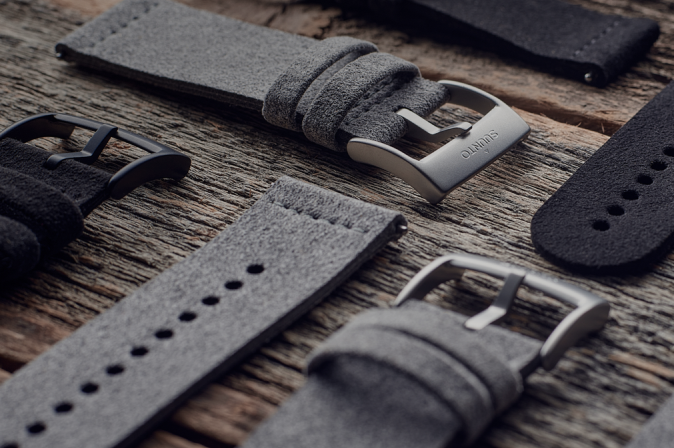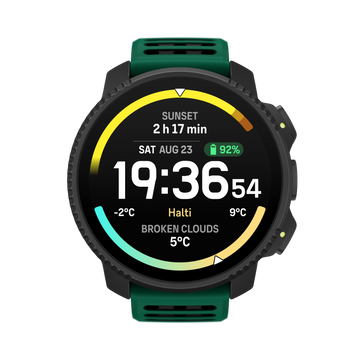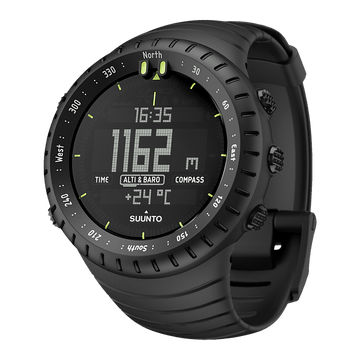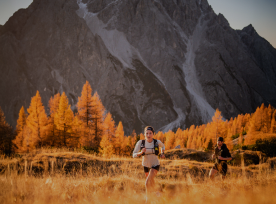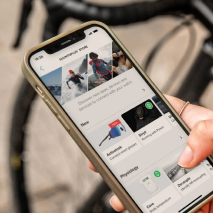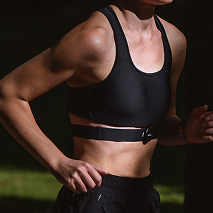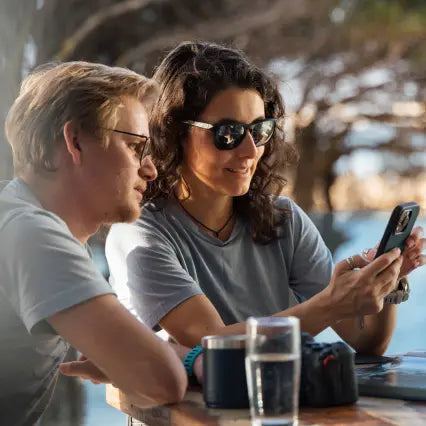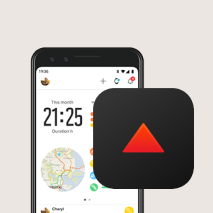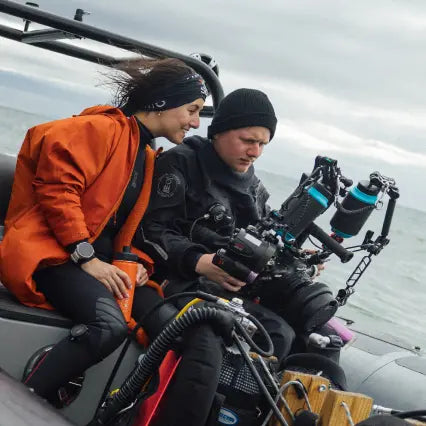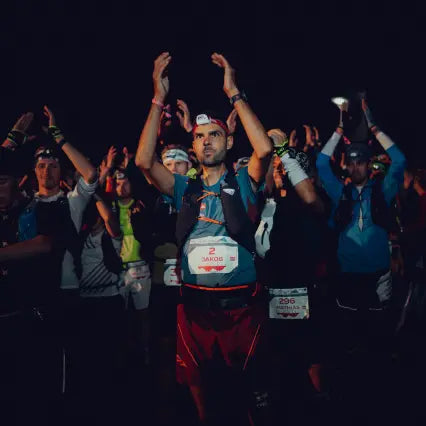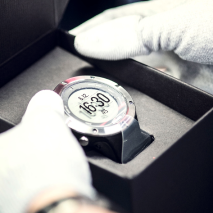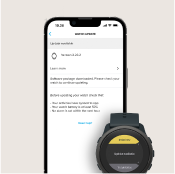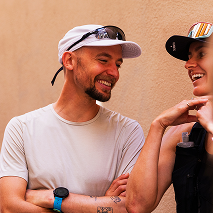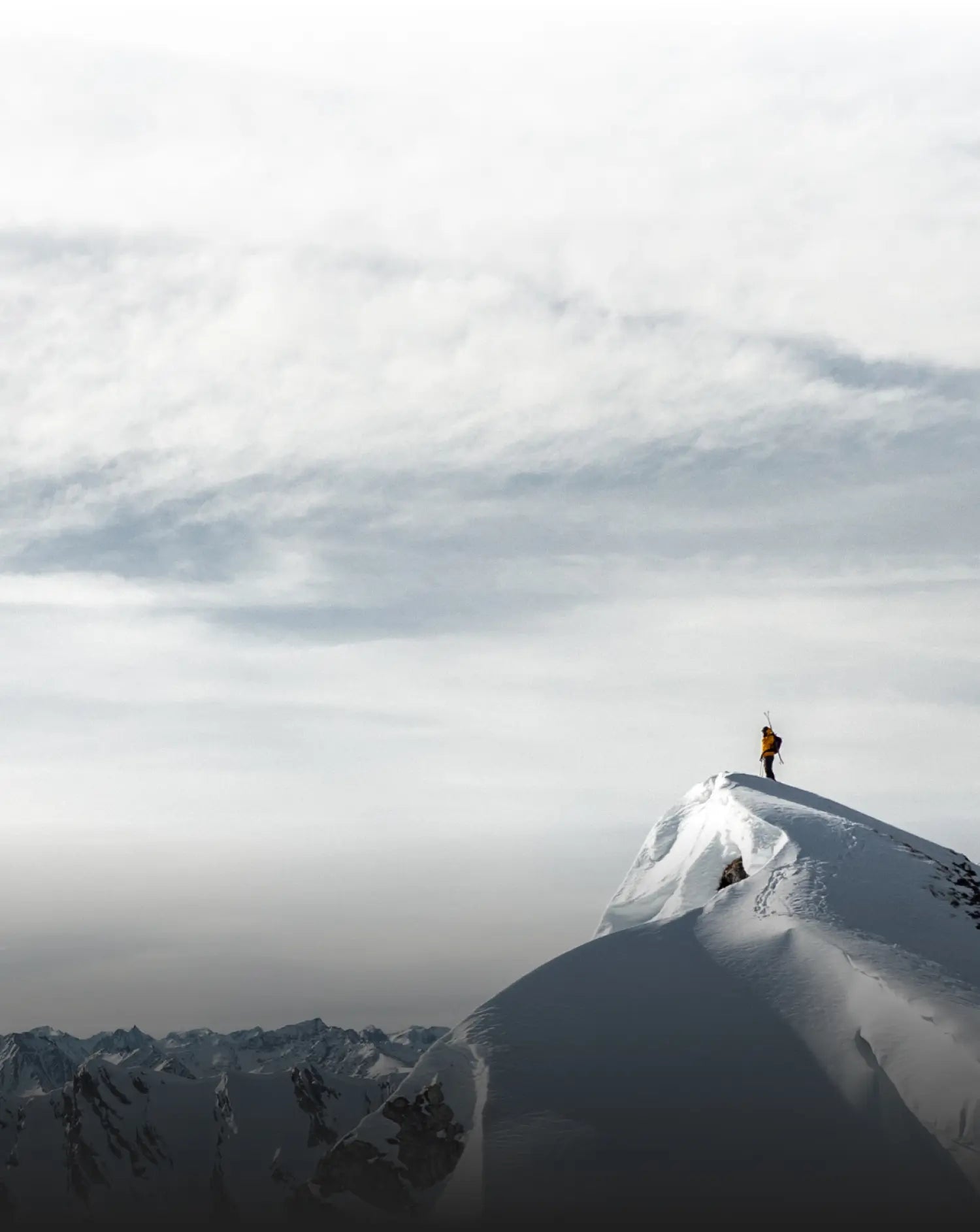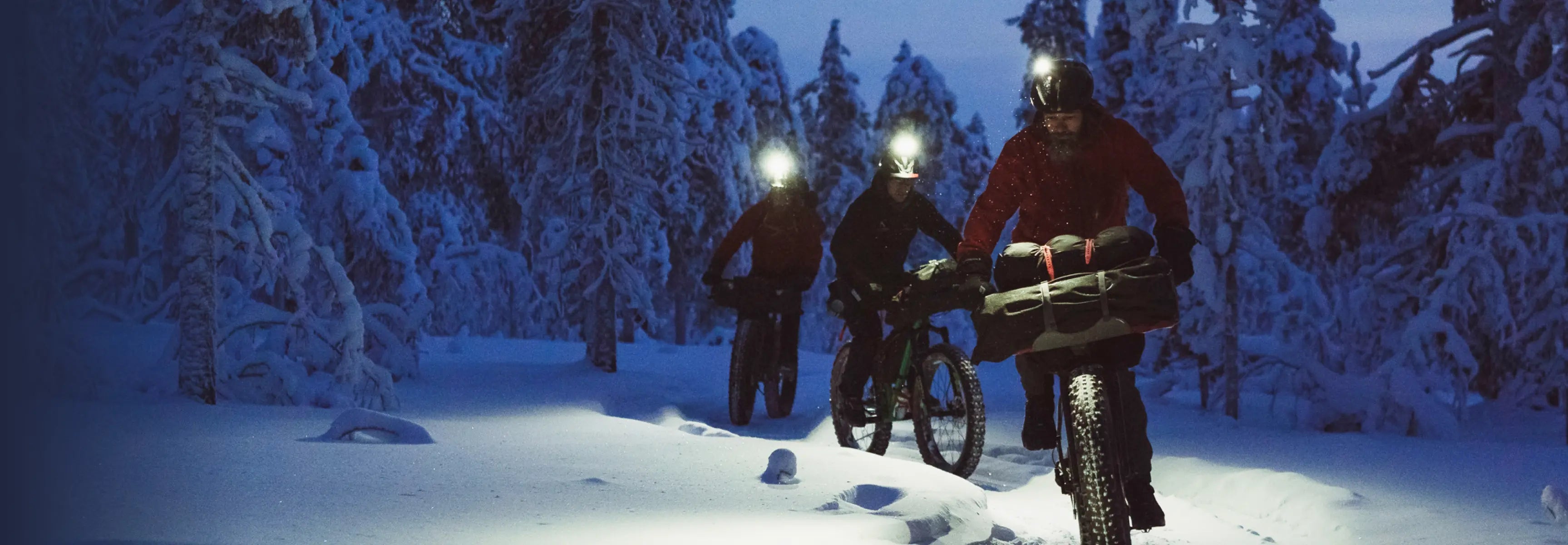
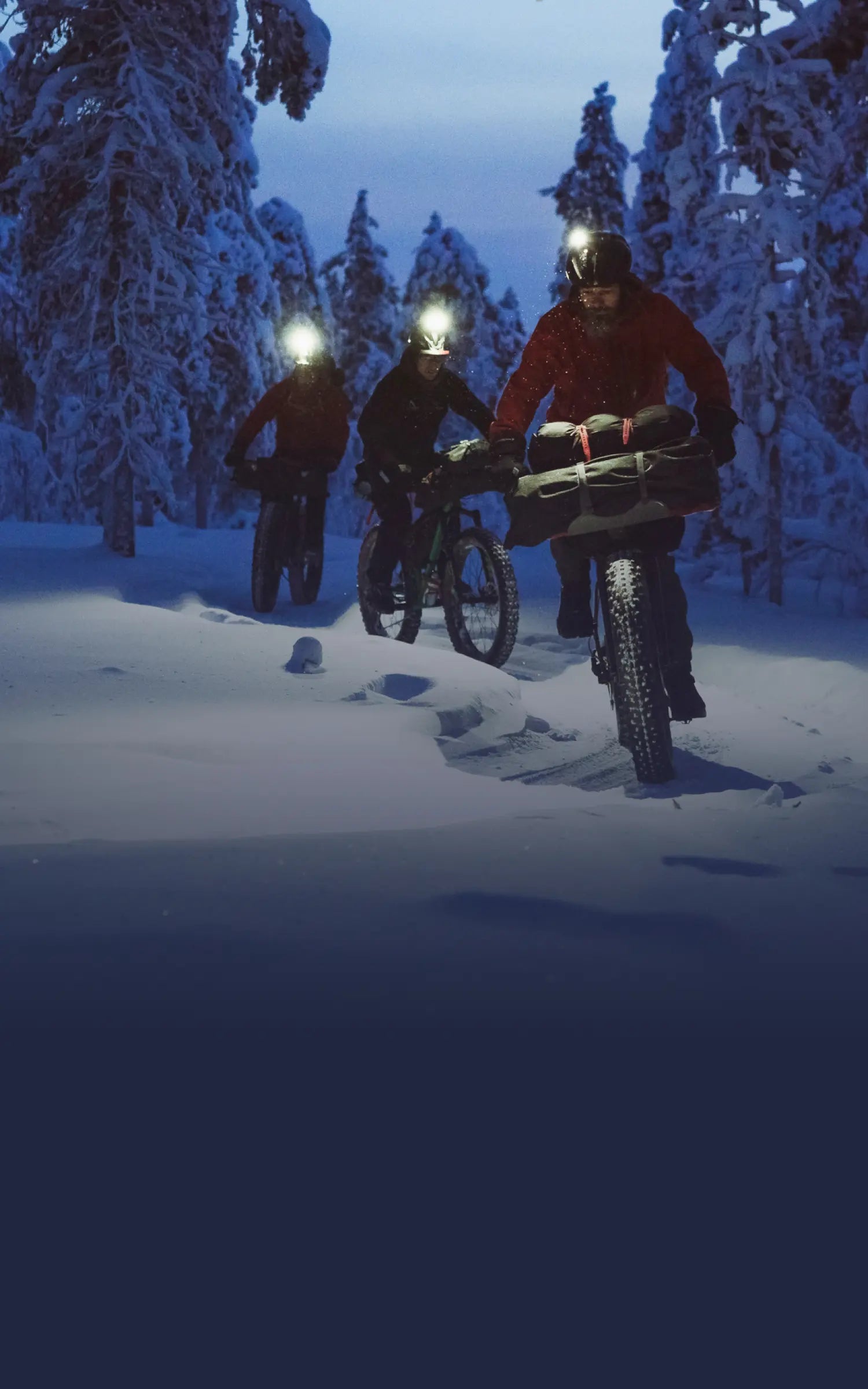
Suunto Blog
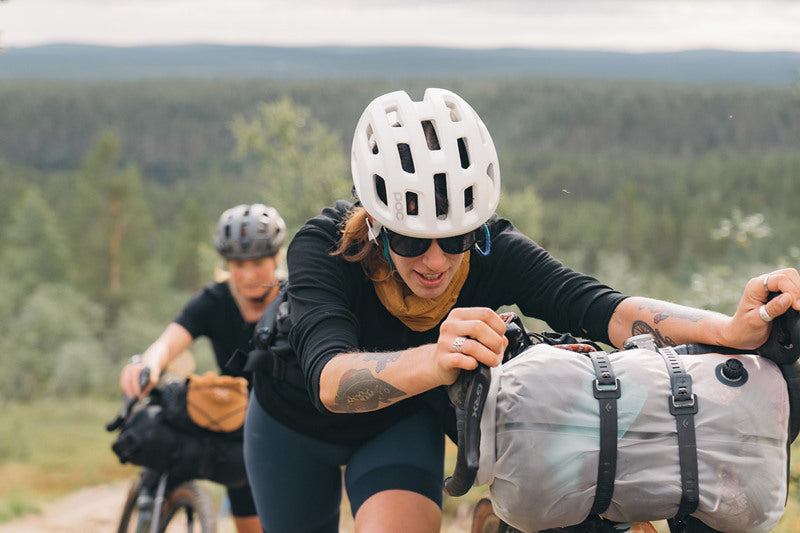
Five adventure films to watch
Lost then found
When you lose a part of yourself you begin to question why you were holding onto it so much, to begin with, in a life where change is the only constant, how do we let go and focus on the things that bring us joy?
Lost then found is the introductory episode of Suunto ambassador Christian Meier’s year-long project exploring the transition from a professional cyclist to an ultra trail runner.
”This project is about stepping back to gain a better perspective on life’s highs, lows, and challenges, which make it beautifully complex,” says Christian.
Caught in an avalanche. Is freeriding worth the risk?
Suunto ambassador Antti Autti has just started his 20th season as a professional snowboarder and kicks it off with a new Arctic Lines episode called “Twenty”. Twenty is actually split in chapters one and two so there’s plenty to watch!
“I’m not going to say I want to celebrate the anniversary but I want to have a season where I am really going for it!” Antti says.
In Twenty Chapter 2, Antti gets in trouble and is taken down by an avalanche. He is forced to think hard about his approach to risk-taking while exploring.
”No matter what we do, accidents can happen. And when that happens, our greatest responsibility is to share the experiences honestly, even if it’s painful. That way, others can learn from our mistakes and make better decisions in the backcountry.”
Bikepacking the Arctic Post Road
Adventure buddies and Suunto ambassadors Sami Sauri and Henna Palosaari went on a bikepacking trip way up above the Artic Circle over summer. Wild, vast open spaces, reindeer, kindly locals - they had a blast.
“Experiencing the simplicity of life up north and the local culture combined with the tranquility of the long wilderness sections creates a bikepacking experience that takes you miles away from the city hustle,” says Henna about the 430 km trip from Ylläs in Finnish Lapland to Alta, on the fjords at the top of Norway.
Read more about the Arctic Post Road
Turn it all off and come back to the present moment
"Present" follows Suunto ambassador Freya Orban and her friend and photographer Lukas Dürnegger as they go on a fast packing hut to hut trip in the mountains of Jämtland in central Sweden to rediscovering presence and the joy of running. Freya and Lukas left their smartphones at home and really tuned into the living world around them. Along the way they took time to stop a lot – and ate handfuls of juicy blueberries and cloudberries.
Read Freya’s 3 tips to find presence
So far… we have made it this far
Was this MTB adventure actually a MTB adventure? Sure, they had their mountain bikes with them. But with terrain so tough it’s hard to even hike it, what to speak of riding it, the question of what to call this madcap adventure arises.
The ragtag group of riding buddies consisting of Kevin Landry, JF Newton, Margus Riga, Kenny Smith, andPeter Wojnar set off on a freeriding adventure deep into British Columbia’s wild and rugged Chilcotin mountain range in search of new freeride lines.
The word expedition suits it better than adventure and 'challenge' doesn’t really do it justice. Watch the video above and read the report from the film crew and maybe you’ll reach a satisfying way to define it.
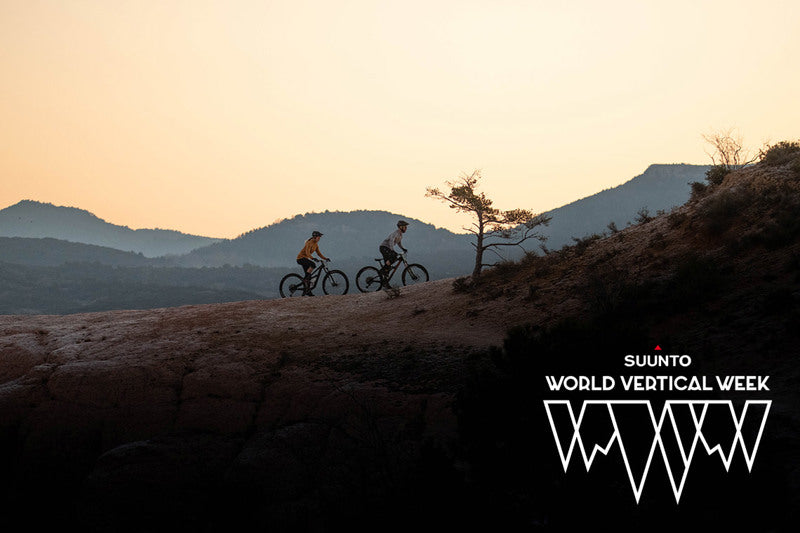
Join Suunto World Vertical Week 2023 and reach new heights!
Together, we can inspire and motivate each other to climb higher and reach new heights. So let's lace up our boots, grab our Suunto watch, and get ready to conquer the vertical world! Run, ride, ski, walk, climb – all human-powered activities between February 27 and March 5 count.
#verticalweek is also an opportunity for nations to go head to head to see who climbs the most. Since 2016 nations have battled for the top spot, as well as sports, to see who can accumulate the most vertical meters.
To participate in Suunto World Vertical Week, open Suunto app and click the Vertical Week card in your inbox (the bell symbol on the top of your screen takes you there).
Share your #verticalweek experience and win!
Run, hike, walk, ski or ride a quad-busting route and then share the workout from Suunto app as an image with the data overlay in Instagram, tagging @suunto and #verticalweek, and we’ll select three of the most inspiring shares and those users will win a Suunto 9 Peak Pro GPS watch.
Click here to learn how to share your activities with Suunto app.
Terms and conditions apply. Check them here.
Data from the previous years
Check out which sports and nations have captured the podium places during the past years. Will this year bring changes to the top places? Now is your chance to affect on this year's results by collecting as many vertical meters as possible.
2022 - Summer 2021 - Winter 2021 - 2020 - 2019 - 2018 - 2017 - 2016
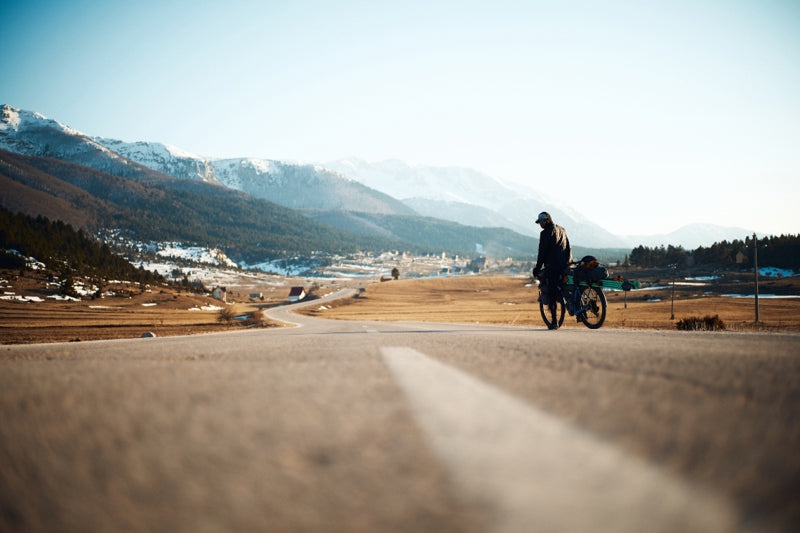
Watch the Balkan Express adventure film
All we need sometimes is one special moment to make hardship worthwhile. When long-time adventure buddies Max Kroneck and Jochen Mesle gazed out across Valbona valley in Albania, blanketed in virgin POW, and with it all to themselves, it made the trials of their Balkan Express adventure project worthwhile.
Cycling in temperatures that dropped to -15c, flats, a minor crash, intimidating street dogs, exhaustion, and the kindness of strangers - they experienced all this and more while cycling from the coastal city Thessaloniki in northern Greece through the Balkan region to Munich, Germany during late winter 2022. All up, they cycled 2500 km and skied seven spots in seven countries
Their minds were blown by the mountains and slopes they discovered along the way. Their minds were even more blown by the fact they had them all to themselves. It turns out, freeriding hasn’t really caught on throughout the Balkan nations. Neither have bike lanes. They met some inspiring locals who enriched their journey. And that was the point; it was an adventure as much about connecting with the local cultures as it was about cycling and freeriding.
We caught up with Max and Jochen and asked about their experience. Read on below and click here to find out where you can watch the adventure documentary that’s been picked up by the BANFF Mountain Film and Book Festival.
Watch the full film below!
How and why did you come up with the idea for the project?
Max: We really wanted to experience some mountains, cultures, people we didn't know. We looked at a map of Europe and saw that the Balkans are pretty interesting. We’d never been there and wanted to learn about the people living in the mountains there. The sport side wasn’t the main focus of the project. It was about getting to know the culture and people.
How did you connect to local people?
Jochen: Before we left, we tried to get in contact with local mountain guides and local artists. We connected with four people and met them along the way. And of course we met a lot of people on the road. Those people gave us a good insight into life there.
What was your route?
Max: We started in Thessaloniki. We went skiing at Mount Olympus in Greece, then we cycled through Macedonia, Albania, Kosovo, Montenegro, Bosnia and Herzgovina, Croatia, Slovenia, Austria and back to Germany.
How did your Suunto watches help you?
Jochen: In combination with Komoot it was so good to be able to plan and also be spontaneous along the way. We didn’t need to think about navigation. We spent some time in the morning planning and then just followed our watches. We didn’t get lost once! It was cold in the beginning and it was interesting to see the temperature on our watches. I’m a statistics nerd so I I enjoyed getting all the numbers. We also used the heatmaps in Suunto app sometimes, especially in Albania and Greece where there are more mountaineers, and it seems like they use Suunto too! So we could use the heatmap to hike up.
What was something that surprised you as you traveled through?
Max: We met a mountain guide in Kosovo, Uta, who is trying to make mountaineering more popular in Kosovo especially amongst women, since there are so few. She also talked about their home mountains; they are so beautiful, yet very few of the locals use them. They’re mostly empty. It’s crazy this region is so close to ours, but almost nobody there is into mountaineering. We were pretty much always alone. We met some Italian ski mountaineers in Kosovo once. Then we saw them again later in Albania. But that’s it. Most western Europeans don’t know about all the incredible spots.
Also surprising was learning that it was not so long ago that the first freeriding equipment became available there. A mountain guide from Kosovo told us he could only buy freeriding skis and touring bindings there 10 years ago. The market is just not there. These sports haven’t taken root in the culture. Maybe amongst the richer people.
We also didn’t see any cyclists along the way or cycling tracks. Cars play a big role in the Balkan countries.
Did you find many beautiful ski runs you'd like to go back and ride again?
Max: For sure. We had seven days of skiing in seven different countries, starting with Greece. It was a bummer that we had to keep moving forward and weren’t able to spend more time in each place, especially in the countries further south. We saw beautiful mountains in Montenegro, but we couldn’t go skiing there. We really want to go back. But at the same time, it was also nice to keep moving forward. We had really good snow conditions in the southern countries, but the further north we went, when we expected better conditions, it actually got worse.
You guys are backcountry skiers and mountaineers - do you have a background in cycling, too?
Jochen: Max and I met at local ski parks. We both made our way to the backcountry and went to freeriding comps together. A few years later I invited Max to a film project — that’s how we got to know one another better.
Back in 2018 we did a similar project and made a film about it: Ice and Palms. We started from our doorstep in Germany and cycled to the Mediterranean and skied the mountains we know and love along the way. That’s when we started to enjoy riding bikes.
Where can people see Balkan Express?
Jochen: There’re lots of screenings coming up, and we’ll be doing live talks, presenting our book about the project. Then, in the middle of winter, people will be able to watch the film online. It’s so cool to see such a wide range of people are getting inspired by it.
Images by @maxkroneck / @jochen_mesle / @elflamingofilms
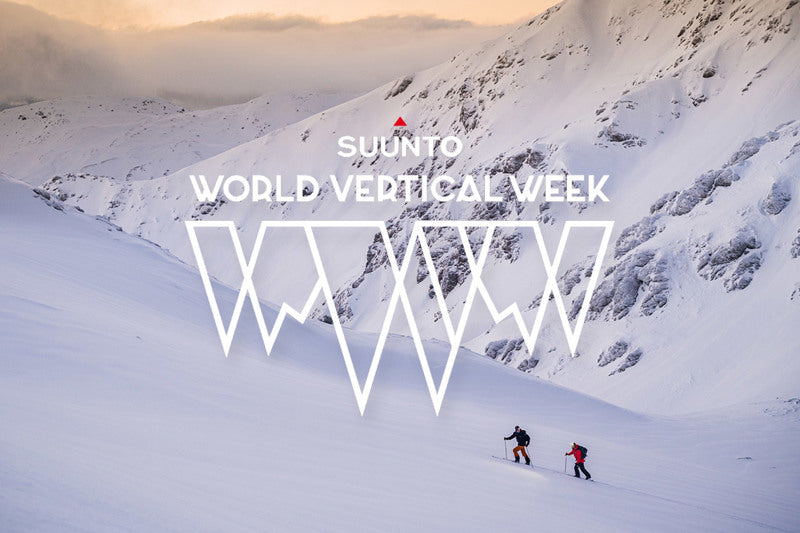
Suunto World Vertical Week 2023 Big Data
Suunto’s annual World Vertical Week has been growing in popularity year after year. Last week, on February 27 – March 5, over 153.000 Suunto users accepted the challenge and set out to gain as many vertical meters as they could. That’s 22% up from last year! Thank you everyone for joining.
During the Vertical Week, every human-powered outdoor activity counted towards the results. In the activity type rankings, there weren’t any major changes: ski touring activities had once again the biggest average ascent, followed by mountaineering and trail running.
Also, the country rankings follow quite a usual pattern: the two top spots for highest average ascents are owned by Austria and Italy – just like last year. In the third position, we have a new nation, Slovakia. Congrats! Portugal and Colombia are new names in the top 10.
Total ascent per country 2023
When looking at the total ascent per country, we can see a new leader: France dethroned Spain and took the top spot. Austria, Italy and Germany round out the top five.
France
Spain
Austria
Italy
Germany
Switzerland
US
Poland
Finland
Japan
Big – and huge – days are more popular than ever
When digging deeper into the data we start to see something interesting: big days out in the mountains and hills are getting more popular. The number of “1000-meter days” has grown by a whopping 75% from last year. During last week’s activation, Suunto community tracked over 12.000 activities that had over 1.000 meters of total ascent.
The same trend continues with activities that had over 2.000 meters of ascent: that number increased by 76% to over 2.000 activities. The number of really, really big days – days that had more than 3.500 meters of ascent – doubled from last year!
This same trend is visible also when looking at the data from another perspective: 176 participants collected more than 10.000 meters of total ascent during the week. That is twice as much as last year. Impressive!
As the days get bigger, the activity types change slightly: The biggest portion, 40%, of 1000-meter days was ski touring while trail running covered 25% of the activities. In the 2000-meter days ski touring and trail running was almost equal at 32% and 30% respectively. A surprise comes with the 3500-meter – or “10000-foot” – days: there suddenly running has the biggest share with 28% of the activities followed by ski touring (22%) and trail running (21%). Some runners have really pushed it last week!
Country rankings for different activities
Ski touring (avg for all countries 929m)
Switzerland 1.033m
Austria 1.005m
Italy 994m
Spain 940m
Germany 936m
The 1000-meter mark is a clear goal for skiers. Switzerland is in the top spot – just like last year.
Mountaineering (avg for all countries 676m)
Czech Republic 788m
Switzerland 760m
Germany 755m
Japan 717m
Poland 699m
Mountaineering has a new winner: The Czech Republic climbed to the top spot for the first time!
Trail running (avg for all countries 421m)
Japan 852m
Portugal 707m
Italy 620m
South Korea 536m
Spain 528m
Switzerland 508m
Austria 443m
Slovakia 413m
Slovenia 391m
Thailand 382m
Japanese trail runners crushed it again! Also, other Asian nations, like South Korea and Thailand proved that uphill is the way to run in that corner of the world.
Mountain biking (avg for all countries 387m)
Italy 516m
Spain 515m
Portugal 453m
Switzerland 446m
United Kingdom 386 m
In mountain biking, Italy rose from the second spot last year to number one this time. Forza!
Hiking (avg for all countries 221m)
Italy 441m
Slovakia 426m
South Korea 373m
Thailand 349m
Japan 337m
Another crown for Italy – and another activity ranking where Asian countries are strong.
Cycling (avg for all countries 182m)
Spain 417m
Portugal 394m
Italy 369m
Slovenia 306m
South Africa 248m
Spain, the top destination for winter cycling in Europe, was not a surprise leader in the cycling ranking. A welcome addition to the list was South Africa, nicely adding yet another continent to the top lists. Along with several European countries we had nations from Asia, Africa, South and North America amongst the top performers. Awesome!
Nordic skiing (avg for all countries 180m)
Japan 418m
Slovakia 411m
Spain 377m
Czech Republic 357m
Poland 335m
This list looks quite different from last year! Japan takes its second top spot in a slightly surprising category to complement its win in the trail running category. The usual suspects for Nordic skiing, Norway (277m), Sweden (209m) and Finland (125m), did not reach the top of the rankings this time.
Running (avg for all countries 100m)
Switzerland 157m
Slovenia 137m
Portugal 131m
Czech Republic 127m
Norway 125m
Running, the most popular activity overall, is not the king of Vertical Week: its average ascent is the smallest, exactly 100 meters. However, in the leading nation, Switzerland, the average ascent for running was over 50% more than that.

Manage your training with Suunto app’s Training zone
A progressive training load with adequate recovery and ways to follow progress will lead to a successful adventure or race.
Suunto is your daily companion to enhance your performance. The new training toolset in Suunto app’s Training zone is vast. Read on and learn what’s available. We are sure you will find your new favorite dataset to analyze your training and follow your progress.
To ensure you have the latest Suunto app version update your iOS app in App Store and Android app in Google Play.
Four new ways to look at your training
Am I training smartly? Is my training load progressive? Do I have the right intensity mix? What type of impact do my workouts have?
Training load
The training load theme in Suunto app’s Training zone gives you a good overview of this week’s training load compared to a six-week average. You will also see the daily training load split and the split by activity type. All of this will help you understand your overall physiological load and how much more you can – and should – still do this week.
The value of following your physical load weekly with comparisons to your long-term baseline is that you can look at this as a goal for the week. To gain some fitness, you might want to slightly increase the load for the week. To ensure recovery, keep the load level lower than your average.
Training intensity
Are you really doing both easy base training and higher intensity? Or is your training piling up in a single intensity zone, like tempo work in zone 3? The new Training intensity theme in Suunto app will help you understand your training better as you will see both the weekly intensity distribution and the six-week averages.
The workout intensity totals can be viewed as heart rate, pace, running power, and cycling power zones.
You can set your sport-specific training zones in your Suunto watch based on heart rate, pace and power. Suunto is following a five-zone model where your anaerobic threshold is at zone 4 /5 limit. You can find your correct training zones with a lab or a field test. SuuntoPlus Sports apps like the Anaerobic threshold test and the Functional threshold power test will guide you through a field test session.
Learn more about intensity zones.
Training volume
The sports you have done during the week are shown with duration, distance, load, and ascent. Sports are also grouped to give an overview of each type of sport i.e. running includes running, treadmill, and trail running.
Volume is compared with your six-week average.
As you follow your training volume, you can now easily ensure that you meet the numbers for your key sports any given week: It might be that as a trail runner, you want to get 3000 meters of ascent each week, or as a cyclist, ride 200 kilometers weekly. Your six-week average will help you match your personal benchmark.
Training impact
Suunto app’s Training impact is a new tool that helps you understand your training model and the physiological systems you are targeting. This will help you understand if you are doing what you were planning to do – and if you are missing something in your training.
Training impacts are defined as cardio and muscular impacts. Each workout gets assigned an impact such as “Aerobic” or “Speed & Agility”. Cardio impacts are based on workouts intensity, load, and duration. Muscle impacts are based on activity type.
The training model is identified based on your workout intensity distribution such as Polarized (most activities on low and high intensities, less in the middle), Sweet spot (training mainly between aerobic and anaerobic thresholds), and Base training (most workouts are in zones 1&2).
In addition to the current week, you will see the six-week average for your training impact.
As with other training insights, the impacts are illustrated with long-term reference. If your normal training week has two aerobic sessions, one VO2 max session and two strength sessions, and on Friday you are still missing those aerobic sessions, you know what to focus on during the weekend. This will help you check all the boxes.
Training impact is currently available on Suunto app for Android. Coming soon to iOS as well!
Lead image by Roger Salanova
READ MORE
Get feedback from the Suunto coach
Test your fitness with Suunto
Plan your interval workouts with Suunto app
Unlock your interval training and watch your running improve
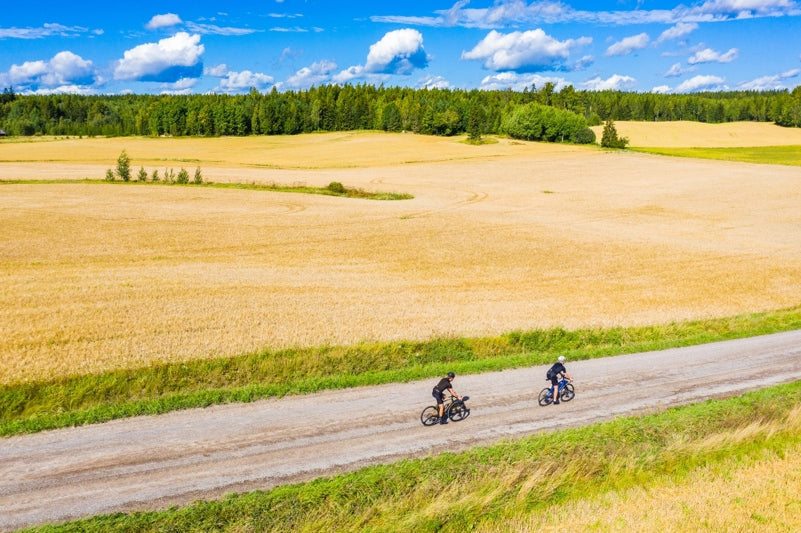
How to smash your first gravel race
If you’ve registered for one or more of the five races in the Nordic Gravel Series starting this June you’ve come to the right place. We’ve put together a series of articles that’ll help you compete and have a blast.
With races held in Finland, Sweden and Norway, it’s the largest gravel series in the Nordics. With a focus on providing fun, inclusive events, each event is open to beginners and seasoned riders, alike.
In this series, we’ll look at how to physically and mentally prepare for the race, some specific workouts and drills that will help you progress, race day tips, and more. This first article introduces the world of gravel racing and the base training phase.
Christian competing at the Atlas Mountain Race in Morocco, 2019. © Lian van Leeuwen/Atlas Mountain Race
Your guide: the athlete-entrepreneur
Suunto ambassador and former road cycling pro, Christian Meier fell in love with bikes as a teenager in Canada. Coming from a hardworking family, he put in long hours in the saddle and eventually competed in Tour de France and Giro d'Italia. Now he lives in Girona, Spain where he runs a handful of businesses and continues to push himself as an allround cyclist and ultra runner.
Welcome to gravel
Gravel cycling is a fast-growing discipline of cycling that takes riders off the tarmac and onto unpaved roads. It’s a hybrid of road and mountain biking, combining elements of speed, endurance, and technical riding. If you're looking for a new type of race to compete in, or simply want to try something new, the races offered by the Nordic Gravel Series will offer adventure, fun, community, competition and challenge.
“Having spent time on the gravel in Norway I think the Nordics have probably some of the best gravel riding around,” Christian says. “There is so much diversity in topography and the people truly live for the outdoors, add in those never-ending summer nights and it adds up to something quite unique and special.”
© Nordic Gravel Series
Know why you’re entering
Entering the Nordic Gravel Series doesn’t have to be about winning. In fact, gravel cycling races are often less competitive than traditional road races, making them a great opportunity for cyclists to connect with one another and have fun.
“Gravel races tend to offer something for everyone as the scene tends to be more experiential than purely performance-based as you may get in road cycling,” Christian says. “Many of the gravel races these days have a festival feel with food, drinks and music around the events.”
Before building your training plan, ask yourself what you want to achieve. Are you entering to race competitively or to have an awesome experience? Is it just about finishing the race or do you have a finishing time you’d like to achieve? The answer will determine how much training volume and intensity you’ll need to complete before race day.
Base, build and taper phases
Gravel cycling races can be physically demanding, with long hours in the saddle over rough terrain.
To prepare for his races Christian follows a base, build and taper training structure. “For me, it’s all about having the biggest aerobic engine possible,” he says. “This engine is what allows you to push the big watts or to feel comfortable and have an enjoyable time if you are just there to enjoy with your friends.”
© Nordic Gravel Series
Design your training plan
Ideally, you’ll allow yourself about five to six months of training before the race. Most of that will be the base training phase, then the build training phase, and finally two or three weeks to taper before the race. Sit down and write it down. Assess the following:
Your fitness level
Before you begin your training, take some time to assess your current fitness level. This will help you determine what type of training is necessary to help you reach your goals and prepare for the race. Your Suunto watch can help you assess your fitness and find the right training zones. Learn more about testing your fitness with Suunto here.
Any work or family commitments
It’s important to create a realistic, doable training plan that works with your circumstances and current fitness and experience level.
Your goal and what level of training is required to achieve it
Do you want to win it all, are you gunning for a particular time, or are you there for the experience?
If you are working with a coach – or want to find a ready made training plan – check out TrainingPeaks. Workouts planned there are synced to your Suunto watch for real time guidance.
Base phase
The base training period is the foundation for your race preparation. This period lasts about eight to 12 weeks, and the focus is on increasing your endurance, stamina and overall fitness. During this time, aim to ride four to five times a week, with one or two of those sessions being longer, endurance rides about three hours if your motivation is to have fun and four or more if your aim is to compete.
Focus on building your endurance and stamina. This can be done by doing long, steady-state rides (zone two training zone) on gravel roads, trails or on the tarmac if that’s what’s easily accessible. Build in longer rides on the weekend. Try to fit in two big base fitness days a week.
During the week when you have less time Christian recommends focusing on quality sessions. On Tuesday and Thursday do some steady state work.Your effort should feel like you are pushing but can maintain the duration of the effort comfortably. Here's a starting suggestion: do a 15 min warmup, 2 x 20 minute intervals with a 10 minute recovery, then a 10- 15 minute cool down. "You want to feel like you have worked hard but that you could have done more" Christians says. "For the racer, make it 3 x 20 minutes. I would save any high intensity training for the build phase (covered in the second article of this series). Zone two training is the best bang for your buck for improving your aerobic engine.”
Include hills in your training. But don’t overdo it at this point.
Add in one session a week of off-the-bike strength training, such as core stability exercises and weight lifting, to build overall strength and prevent injury.
Monitor your progress and recovery
With a Suunto GPS sport watch, like the sleek and powerful Suunto 9 Peak Pro, you can record all your training sessions and monitor your progress. Are you hitting your targets? Are you giving enough time to recover between sessions? Is your power improving? Your watch will tell you and keep you on track.
Prepare your bike
During the base phase, take time to study the race course and prepare your bike.
“Six months out from a race I like to get a good idea of what the course will be like: the amount of climbing, and surface conditions would be key to understand,” Christian says. “These will inform me of two important factors: gearing and tire selection. Both can have a huge effect on your race. Too small gearing on a flat course and you could find yourself spinning out when you’re in a group and pushing the pace. Likewise, too big gearing on a hilly course could find you pushing too hard on the climbs, sapping power from your legs over the course of a long day. Take time to think this through.”
Look out for the second article in our series about preparing for the Nordic Gravel Series. We’ll dive into how to build power, improve your technical skills and more!
Lead image: © Nordic Gravel Series
